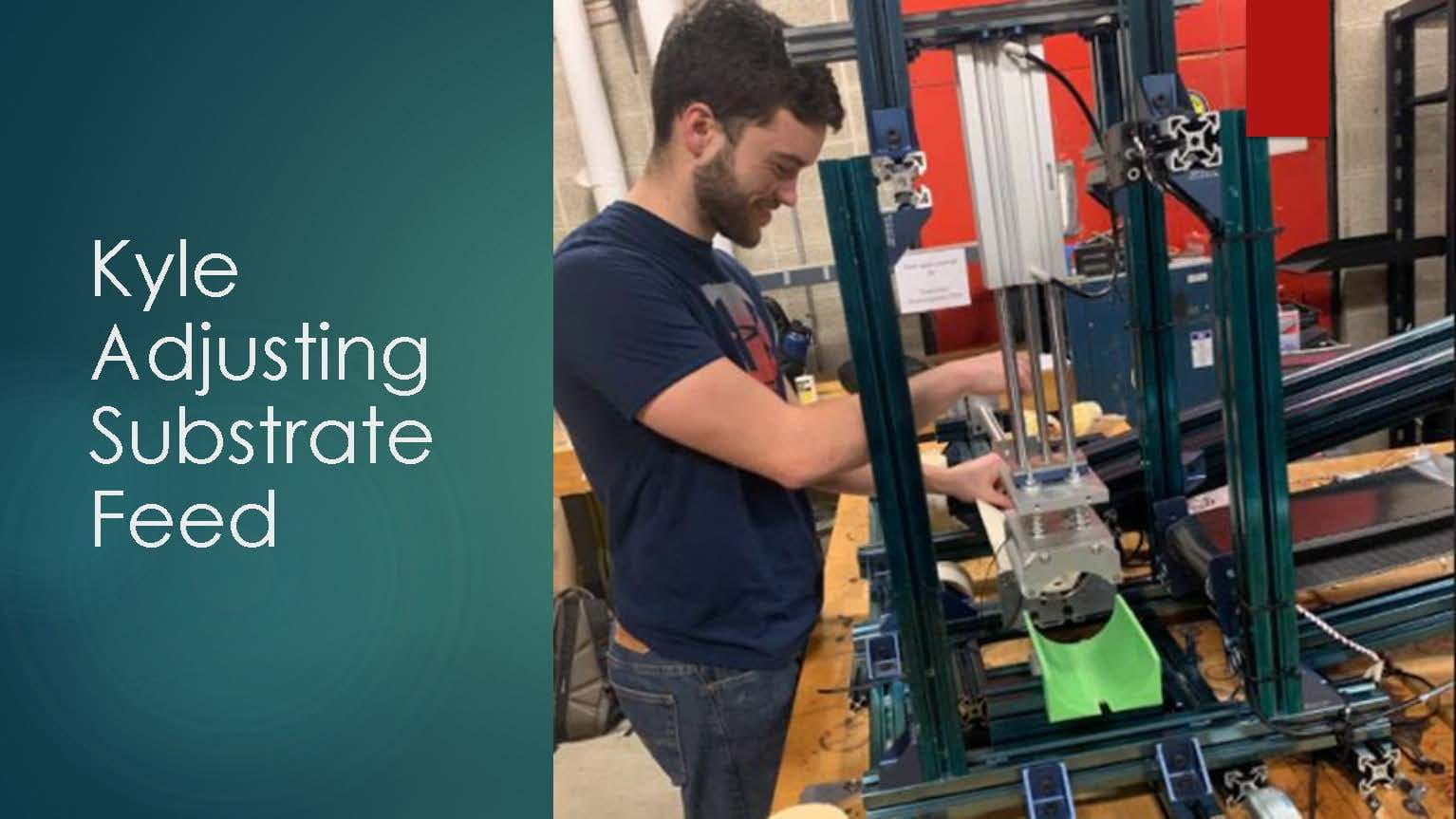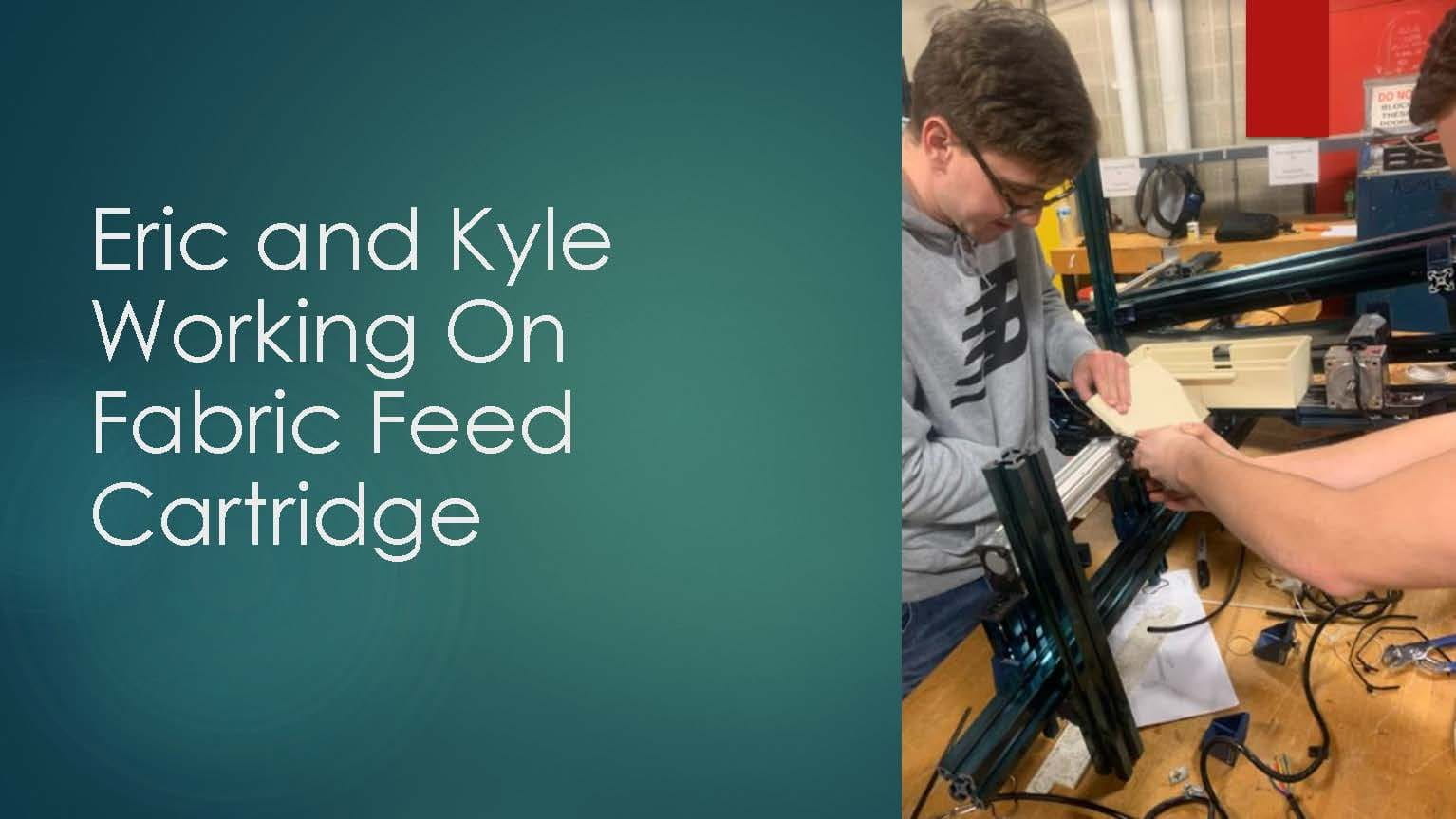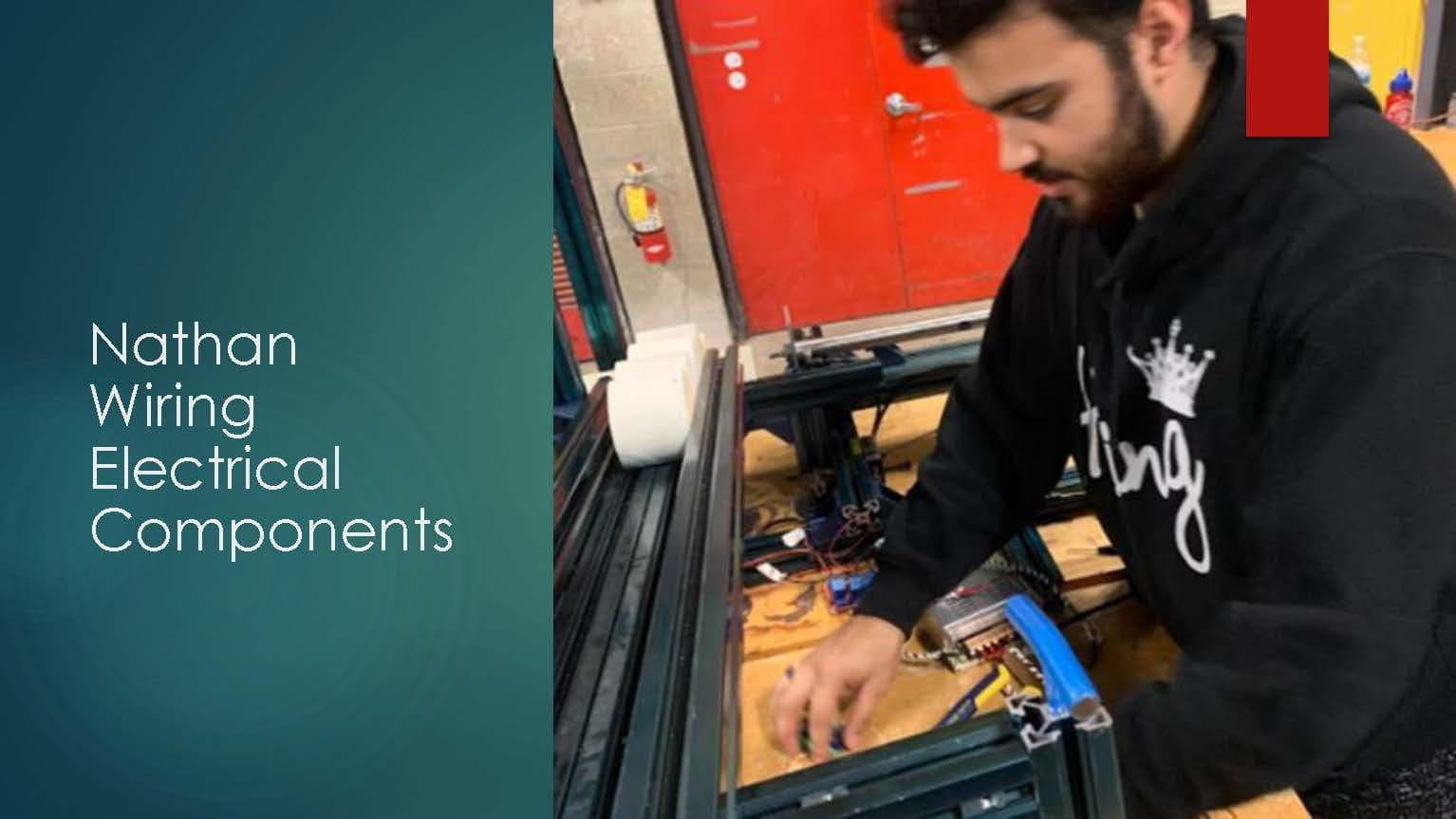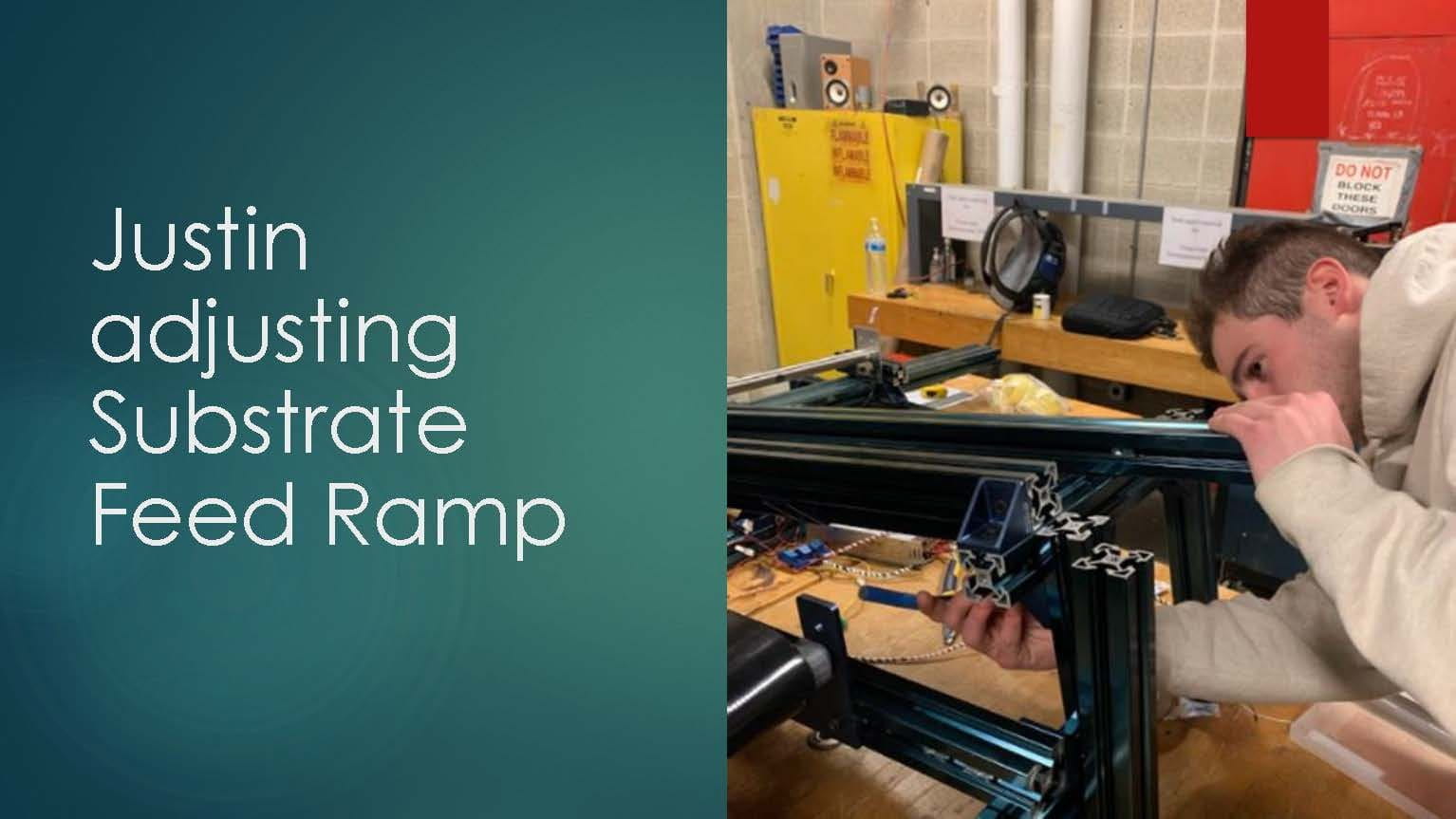
| Project name | Automated Catalytic Converter Assembly Machine |
| Project Title | Davico Automation |
| Abstract | This school year the Davico senior design team was tasked with automating a process that involved wrapping and stuffing a catalytic converter. The sponsor company for this project is Davico MFG located in New Bedford Massachusetts. Davico is an exhaust manufacturing plant specializing in hard-to-find direct fit catalytic converters. A catalytic converter is a part of the exhaust system where a chemical reaction takes place causing carbon monoxide to become carbondioxide using a catalyst to drive the reaction. Davico asked the senior design team to prototype a machine that can fully automate the fabrication process of a catalytic converter which includes wrapping the ceramic tube in fabric and stuffing it into a steel shell. This is the third consecutive year that Davico has sponsored this project and it has not been finished. This year’s team was determined to end that drought by completing what they asked for by the end of the second semester. The process consisted of initial design, fabrication of parts, building machine and testing procedures to prove the concepts. Davico supplied the three components used to make a catalytic converter during this process are ceramic, fabric and aluminum tubes for the students to have testing materials. As this project has been running at the University of Massachusetts Dartmouth for two previous years the group was allowed to use previous years’ materials and work in any way they felt could help. This allowed the team to save time and money while designing and building this machine. In September, the Davico senior design team was shown the previous year’s design. The machine was exceptionally large and did not function properly for several reasons.
After concluding this year’s team would not take the route of trouble shooting and fixing last year’s design, the team took the old machine apart to recycle materials. After initial brainstorming, the team concluded that the machine should be broken down into pieces according to function. The machine is broken into two processes: the first being wrapping the ceramic in fabric and the second being stuffing the wrapped ceramic into the tube. These processes are further broken down in the way that they include loading and unloading techniques. Although it is an extra added step, efficient loading and unloading will allow the machine to perform more effectively. After extensive research online and reviewing previous groups’ work the team brainstormed their own ideas on how to solve this complex problem. After brainstorming and exchanging ideas SolidWorks models were created and dimensioned. The next step was to 3D print models to prove the different concepts before fabricating out of aluminum in the machine shop. Initially the design consisted of a straight-line wrapping and stuffing chamber. This involved a claw wrapping method and a piston used for stuffing directly behind the claw. After testing and analysis this was deemed an impossible design due to repeatability and feeding issues. After weeks of redesigning, the team created a rolling chamber to replace the claw wrapping method. The rolling chamber consists of two “C” shaped brackets with rollers between them allowing an optimal space for the ceramic tube to sit. A motor spins the rollers spinning the ceramic, and the chamber has a conveyor belt feeding fabric on the motorized roller causing the ceramic to be fully wrapped without bunching. After testing the rolling and stuffing chamber the group deemed the design successful mechanically. The rolling chamber paired with the stuffing chamber allows the wrapping process to be fully automated and conduct a manual load/unload of the components in the stuffing machine making the team successful based on the initial project goal. |
| Faculty advisor | Dr. Kihan Park |
| Sponsor | Raymond Surprenant at Davico Manufacturing |
| Team lead | Kyle Sylvia |
| Team Members | Tyler Lyons, Kevin Swenson, Nathan Lozada, Justin Butterfield, Eric Sylvia |








